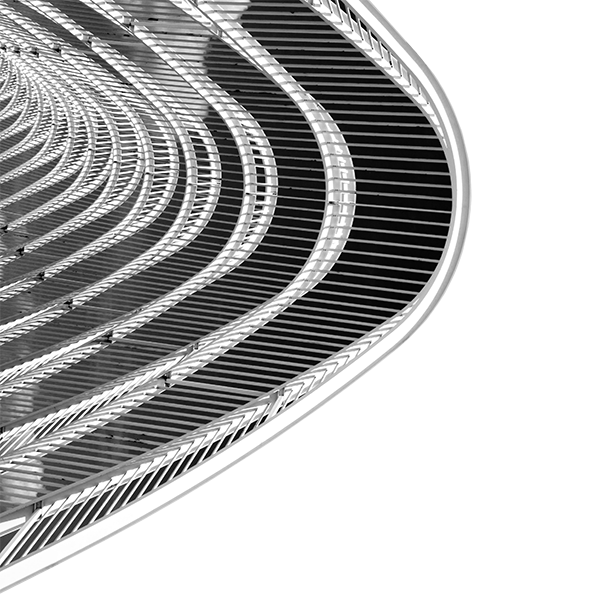Aircraft P-Static
The best tool for this purpose is here: Ansys EMC Plus | Ansys Electronics
Aircraft Precipitation static (Aircraft P-Static) is a term used to describe interfering noise resulting from the redistribution of charge on an operating aircraft. As an aircraft moves through the air, it acquires charge until sufficient voltage levels are reached to initiate a discharge. This discharge may occur between different parts of the aircraft or between the aircraft itself and the external environment. The noise or “static” resulting from these discharges can cause interference to sensitive aviation equipment resulting in the possible loss of communicate or navigation capabilities for several minutes.
There are several areas in which EM simulation can support Aircraft P-static design and certification programs. The following gives some of the steps that are the most amenable to analysis or that require the most time of the electromagnetic effects groups involved. Full documentation for how to approach P-static mitigation is given in SAE ARP5672 “Aircraft Precipitation Static Certification”. Also useful is the recent article: “A Critical Review of Precipitation Static Research since the 1930’s” by Rod Perala, PhD.
See further down in this article for an example EMA3D® simulation demo, including simulation CAD files, a step-by-step instruction document and a video describing every step.
1. Discharger Sizing and Placement Simulation and Analysis
First, perform charging rate determination considering the mission profile from all sources, including: engine charging, ice crystals, cloud particles, dust, and other sources. This charging rate will determine the number and size of the dischargers.
Next, use the existing CAD model to perform EM field modeling to locate the optimal discharge locations based on maximum E-field enhancement (see the demo below).
2. Specify parts and installation
Determine the specific model number and installation instructions (including tolerance and electrical bonding requirements) for each candidate discharger. Specify the installation location on the aircraft.
3. Prescribe Surface treatments
Specify the physical properties of surface treatments for outer-mold-line locations in order to minimize P-static disruption to systems and to assist in discharge to the assigned wicks. Specify the thickness and location of necessary coatings. Discuss any needed bonding requirements in addition to any surface coatings.
4. P-Static Antenna Optimization
Review the existing antenna locations to determine if there are improvements necessary due to P-static concerns and required wick placement. Full-wave EM simulation can estimate the fields or “noise” due to the discharges and how they couple to antennas.



